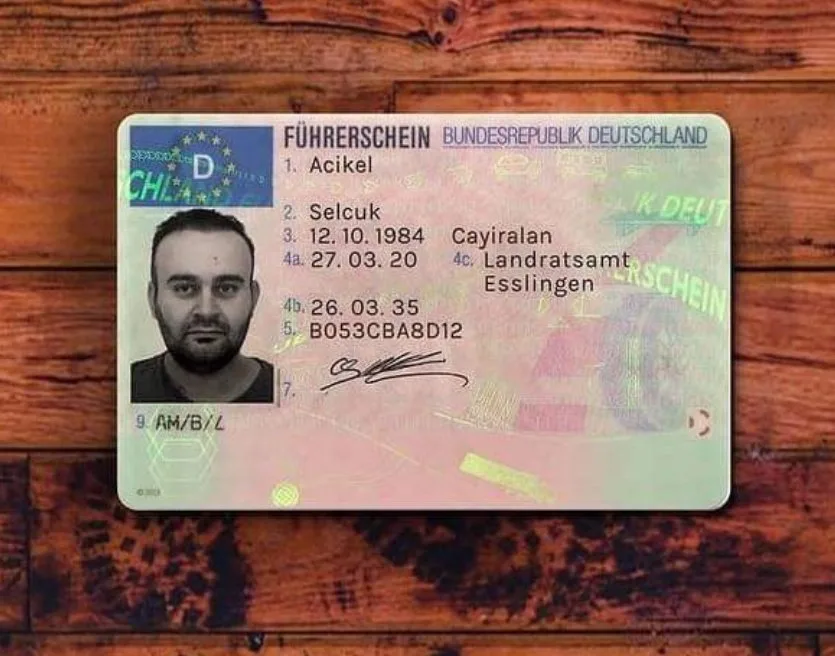Learning to Drive Without a Test: Exploring Alternative Paths in Driver Education
In an age where convenience and innovation control the landscape of education and skills acquisition, the standard design of finding out to drive-- completing a strenuous test to earn a driver's license-- has actually come under analysis. For lots of, the procedure of supporting the wheel, studying hard, and passing both a written and practical driving test can be intimidating. Nevertheless, emerging patterns and alternative techniques to driver education recommend that there might be methods to discover to drive without feeling the pressure of an official testing environment.
Comprehending over at this website , earning a driver's license needs prospective drivers to go through a series of tests created to determine understanding and practical abilities. These consist of:
Written Test: This evaluates understanding of the rules of the roadway, traffic signals, and safe driving practices.
Practical Driving Test: Applicants must demonstrate their capability to run a car securely and in accordance with traffic laws.
While this model ensures that all drivers fulfill a minimum requirement of proficiency, it can be a source of stress for lots of learners. The worry of failure, combined with the logistics and expense associated with testing, can hinder people from obtaining their license entirely.
Alternative Methods of Learning to Drive
Driving School Innovations: Many driving schools have actually started to offer more personalized education programs that permit students to find out at their own rate. These programs typically consist of individually instruction with licensed driving instructors who focus on structure self-confidence rather than pressing students to pass a test. Some contemporary driving schools even incorporate online modules where learners can study the rules of the roadway in a more unwinded setting before entering the car.
Simulated Driving Experiences: Advances in innovation have actually led to the development of sophisticated driving simulators. These can supply important experience without the threat of accidents. Learners can practice their skills in various climate condition, traffic circumstances, and driving situations that they might not encounter in common driving classes. This hands-on technique to knowing can enhance a trainee's competence and self-confidence behind the wheel.
Peer-to-Peer Learning: Informal driving practice with friends or family members can also act as a feasible alternative to standard methods. While this method does not entirely get rid of the need for official testing, it enables individuals to gain comfort and experience behind the wheel without the stress and anxiety of a main examination. Friend or family can offer assistance and feedback, making the finding out process less intimidating and more supportive.
Flexible State Regulations: Some regions are beginning to reevaluate their necessary testing policies, specifically for particular demographics, such as veterans or people with specials needs. These modifications show a growing acknowledgment that life experiences and driving practices may not constantly line up with conventional testing requirements. Advocacy for a more holistic approach to evaluating driving competence is becoming a subject of conversation in many legislative circles.
Personal Certifications: In particular areas, individuals may check out options that focus more on mentorship and much safer driving behavior instead of traditional tests. Accreditation through neighborhood programs or recognized organizations that endorse experiential knowing might encourage safe driving while bypassing the standard testing route.

The Benefits and Drawbacks
While learning to drive without a formal test offers numerous possible advantages-- such as lowering stress, cultivating a more inclusive environment for learners, and concentrating on proficiency over testing anxiety-- it also raises issues. Critics argue that eliminating formal assessments could cause inconsistencies in driver readiness, possibly compromising roadway security.
Additionally, conventional testing serves not just as an assessment of abilities, but as a standardized standard that ensures all drivers have the required understanding to navigate the roadways safely.
Conclusion
The landscape of driver education is evolving. As alternative methods of learning to drive gain traction, striking a balance between versatility and safety is paramount. While it is clear that there are opportunities for discovering to drive without the pressure of a formal test, making sure that all drivers keep a high requirement of security must stay a top priority. In the future, we may see more customized approaches to driver education that accommodate different learning styles, eventually causing safer, more positive chauffeurs on our roads.
